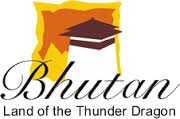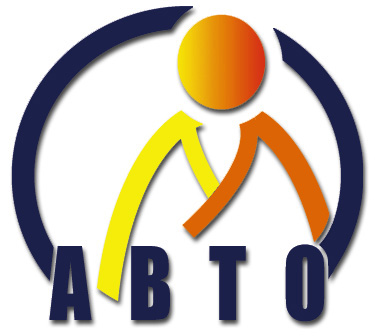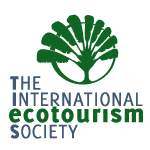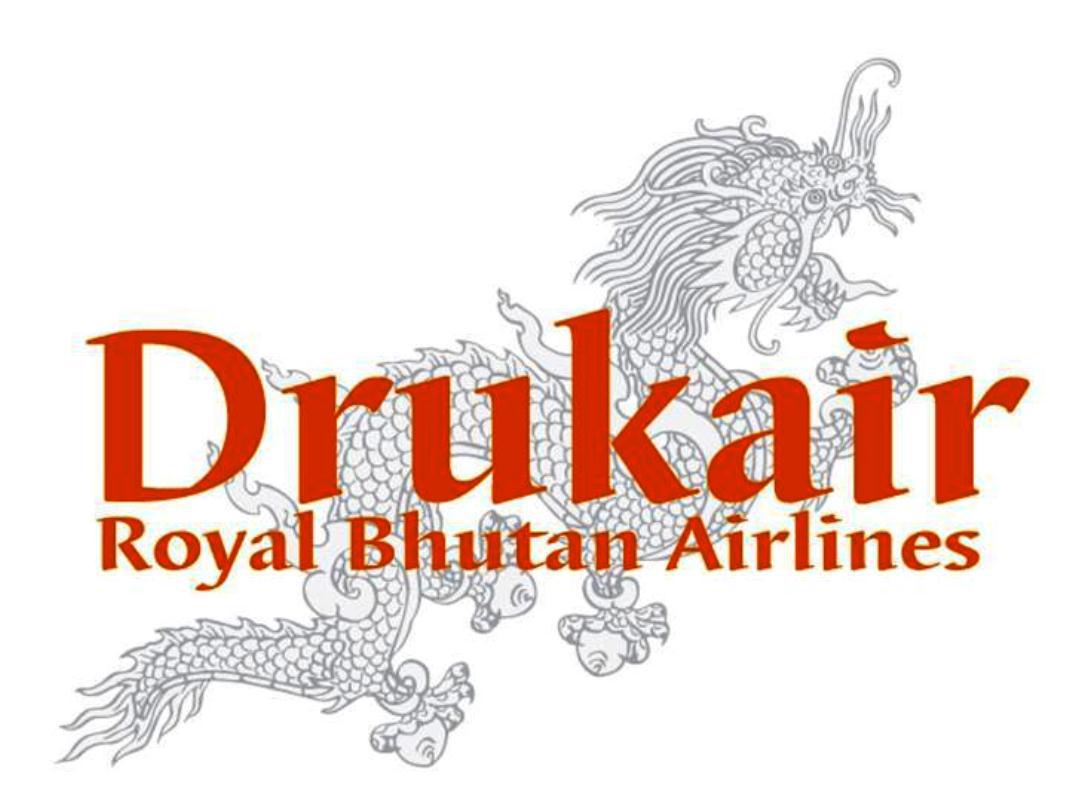Day 1 – Arrival in Paro, Bhutan
Welcome to Bhutan, the Land of the Thunder Dragon. Touching down at Paro International Airport, you will be greeted by your guide upon exiting the arrival hall. Today, we will take it easy to acclimatize to the altitude. Drive to Thimphu, check in to the hotel and let’s have your first taste of Bhutanese cuisine and some light sightseeing in Thimphu if possible.
After lunch drive to the north of Paro valley. This area, the riverbank of Paro Chu is best known for ibis bill. They are found in this area throughout the year. (Depending on arrival of flight time). Evening ends with a walk through Paro’s main shopping district.
Day 2 – Paro to Thimphu
Ta Dzong – Built as a watch tower the Ta Dzong, it has since been turned into the national museum. . This Dzong was converted into the National Museum in 1968. The museum boasts antique Thangka, textiles, weapons and armour, household objects and rich assortment of natural and historic artifacts.
Thimphu Dzong – the largest Dzong, is also the seat of the office of the King of Bhutan. Afternoon drive towards the north of Thimphu valley to Dodina, here you may see black faced laughing thrust, brown dipper, spotted laughing thrust, Fire capped Tit, etc.
Day 3 – Thimphu to Punakha
Dochula Pass – the 108 chortens was built by the present Queen Mother of Bhutan Ashi Dorji Wangmo Wangchuck to commemorate Bhutan’s victory over indian militants and to liberate the souls of the souls lost.
In this area you may see Satyr Tragopan, Spotted Nutcracker, Large Hawk Cuckoo, Darjeeling Woodpecker, Yellow billed Magpie, Chest Tailed Minla, Collard Blackbird, Ultramarine Flycatcher, Brown Bullfinch, etc.
Punakha Dzong – Built in 1637, the dzong continues to be the winter home for the clergy, headed by the Chief Abbott, the Je Khenpo. It is a stunning example of Bhutanese architecture, sitting at the fork of two rivers, portraying the image of a medieval city from a distance. The dzong was destroyed by fire and glacial floods over the years but has been carefully restored and is, today, a fine example of Bhutanese craftsmanship.
Day 4 – Punakha, Excursion
In the morning, drive to Menchuna and start birding descending to Punakha in cold broad-leaved forests. You may see Scarlet Finch, Black Drongo, Chestnut bellied Nuthatch, Slaty backed Forktail, Gorgeted Flycatcher, White throated Laughing thrust, Eurasian Jay, Wedge Tailed Green Pigeon, Mountain Imperial Pigeon, Verditer Flycatcher, etc.
Day 5 – Punakha, Excursion
In the morning, drive to Tashithang and birding in warm broad-leaved forest. You may see Great Barbet, Barred Cuckoo Drove, Magpie Robin, Green Magpie, Palla’s Fish Eagle, Osprey, River Lapwing, Ruddy Shelduck, Eurasian Wigeon, Common Merganser, Pied Kingfisher, Red-vented Bulbul, Golden throated Barbet, Golden throated Barbet, Kalij, Pheasant, Orange bellied Leaf bird, Common Buzzard, Great Cormorant, Crested Bunting, etc.
Day 6 – Punakha to Gangtey
In the morning, drive to Gangtey via Wangdue, one of the major towns and district headquarters of Western Bhutan. We then climb steadily passing through semi-tropical vegetation and then finally onto Phobjikha valley (3,100 m) with an alpine environment of rhododendrons and dwarf bamboo. Afternoon walks into the habitat of cranes, and studies the cranes and also visits the crane centre situated in the heart of the valley.
Day 7 – Gangtey to Trongsa
Early morning studies the behavior of the cranes and other birds inhabited in the region and then drive to Trongsa over the Pelela pass (3,300m) and enroute visit Chendebji Chorten, passing through warm/cold broad-leaved and coniferous forests. You may see Mountain Bulbul, Striated Bulbul, common Kestrel, Spot-winged Grosbeak, Mountain Hawk Eagle, ward’s Trogon, Satyr Tragopan, Whiskered Yuhina, Wall Creeper, Himalayan Swiftlet, Himalayan Monal Pheasant, Blood Pheasant, Snow Pigeon, Cross bills, Fire-tailed Sunbird, Plain Mountain Finch, etc.
Day 8 – Trongsa to Tingtibi
Morning drive towards the south of Trongsa in to the valley of Tingtibi and birding to Yeshi Zam, best place for spotting Yellow-rumped honey guide. Birding in cold broad-leaved forests. Birding in Namling areas. These areas possess best-unexplored forest in Bhutan. You may see ward’s Trogon, Satyr Tragopan, Grey chinned Minivet, Chestnut breasted Partridge, Striated Laughing thrust, etc.
Day 9 – Tingtibi
Today birding in warm broad-leaved forests. You will see Rufous-necked hornbill, Blue throated bee-eater, Maroon Oriole, Racket tailed Drongo, Red headed Trogon, Grey Treepie, Grey Nightjar, Hill Prinia, Asian Emerald Cuckoo, Great hornbill, etc.
Day 10 – Tingtibi to Trongsa
Morning drive towards the south of Trongsa in to the valley of Tingtibi and birding to Yeshi Zam, best place for spotting Yellow-rumped honey guide. Birding in cold broad-leaved forests. Birding in Namling areas. These areas possess best-unexplored forest in Bhutan. You may see ward’s Trogon, Satyr Tragopan, Grey chinned Minivet, Chestnut breasted Partridge, Striated Laughing thrust, etc.
Day 11 – Trongsa to Thimphu
Early morning drive to Thimphu over the Pelela and Dochola pass and enroute visit Wangdue Dzong. Dinner and overnight at hotel.
Day 12 – Depart Paro
Today we will bid fond farewell to this beautiful Himalayan country and take an early flight back to Singapore. We hope by now you would have made some friends and also kept many photos and beautiful memories of Bhutan! And we look forward to seeing you again in this beautiful land of endless Enchantments! Tashi Delek!



 Call +975-17642585
Call +975-17642585














